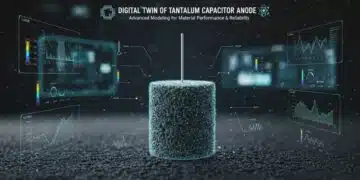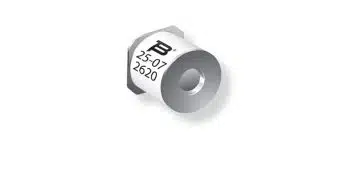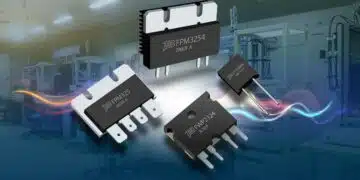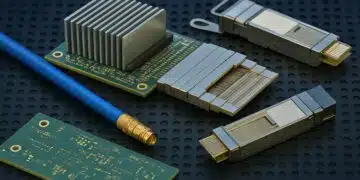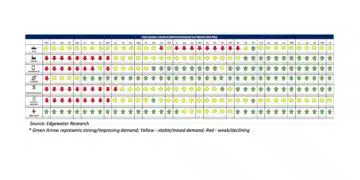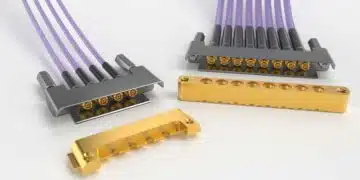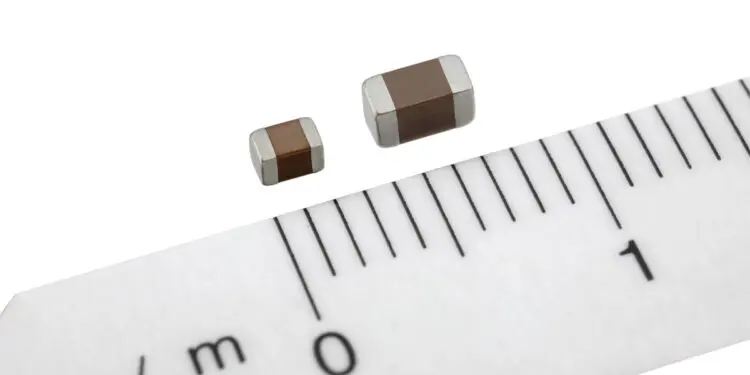TDK Corporation has developed new products in its CGA series of multilayer ceramic capacitors (MLCC) for automotive applications, achieving world-class capacitance* of 22μF in 2012 size (2.0 x 1.25 x 1.25 mm) and 47μF in 3216 size (3.2 x 1.6 x 1.6 mm). Volume production began in September 2020.
Advanced driver-assistance systems (ADAS) are becoming increasingly important for improving safety. At the same time, a growing number of features supporting autonomous driving have been established. The ICs used to control these features are therefore continuously providing more functionality, and a growing number of smoothing and decoupling MLCCs are used for noise suppression. From the viewpoint of space-saving substrate designs, the demand for downsized, high capacitance MLCCs continues to increase.
The new CGA series achieves smaller sizes and higher capacitance than our conventional products, allowing a reduction in the number of MLCC components, and enabling space-saving designs. TDK will continue to extend the product range and serve the growing range of automotive applications.
* As of September 2020, according to TDK research
Glossary
- AEC-Q200: Automotive Electronics Council standard for passive automotive components.
- Smoothing: Suppressing and smoothing voltage fluctuations of pulsating voltage in rectified current by charging and discharging high capacitance capacitors.
- Decoupling: Suppressing voltage fluctuations of IC power lines by inserting capacitors between the power line and the ground and by temporarily supplying current when the electrical load abruptly changes.
- ADAS: Advanced Driver-Assistance Systems.
Main applications
- Smoothing and decoupling of power lines for electronic control units (ECU) in automotive applications.
Main features and benefits
- World’s highest-class capacitance (22μF in 2012 size, 47μF in 3216 size).
- Downsizing with high capacitance to enable the reduction of the number of components and space-saving designs.
- High reliability due to AEC-Q200 compliance.
Key data
| Type | Dimensions [mm] | Temperature characteristics | Rated voltage [V] | Capacitance [μ F] |
|---|---|---|---|---|
| CGA4J1X7T0J226M | 2.0 x 1.25 x 1.25 | X7T | 6.3 | 22 |
| CGA5L1X7T0G476M | 3.2 x 1.6 x 1.6 | X7T | 4 | 47 |


